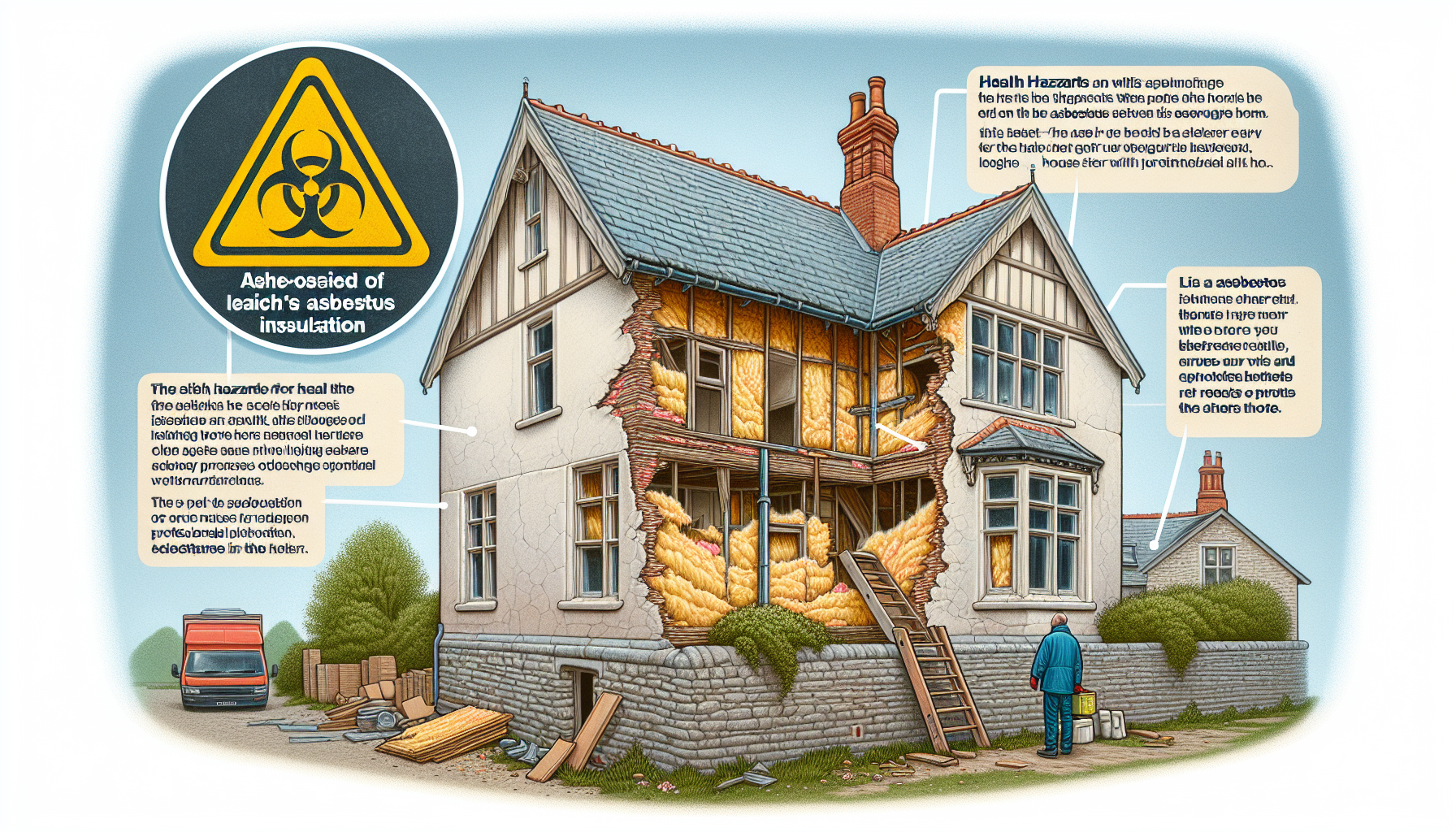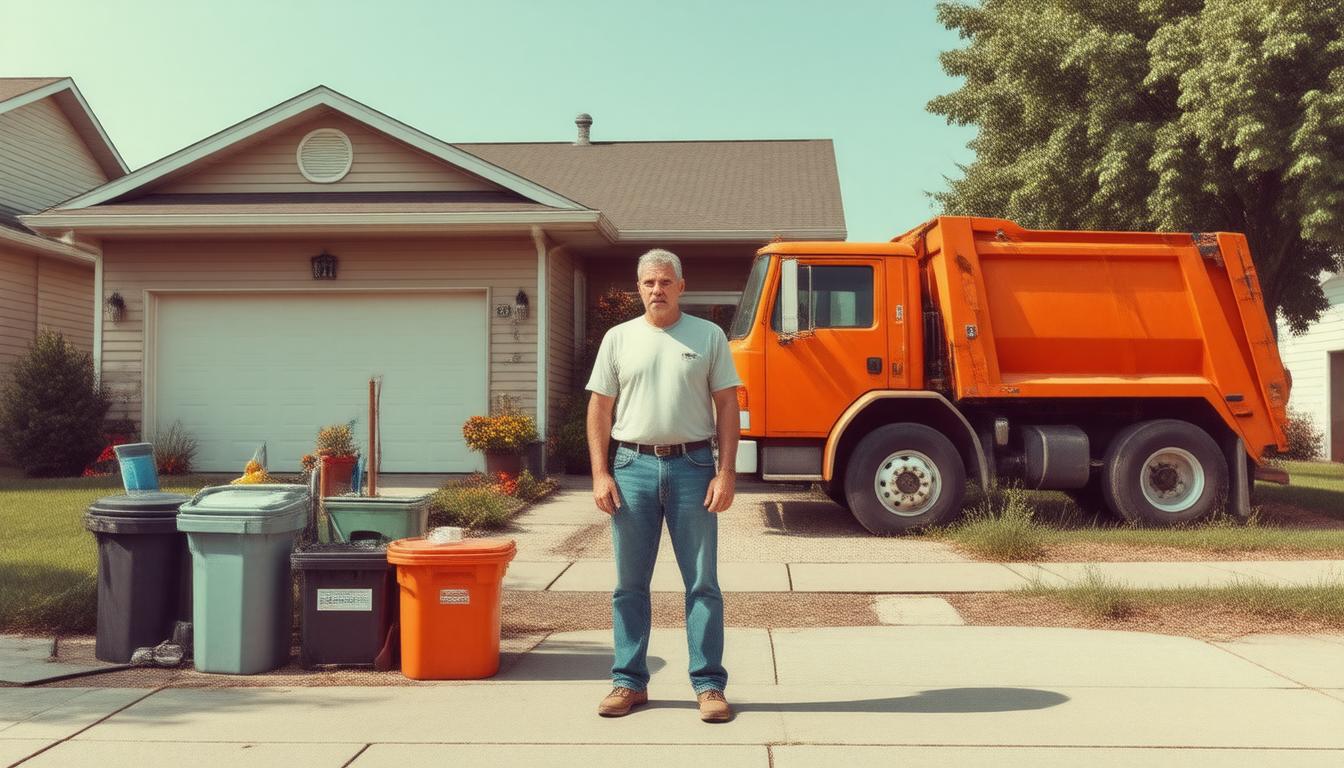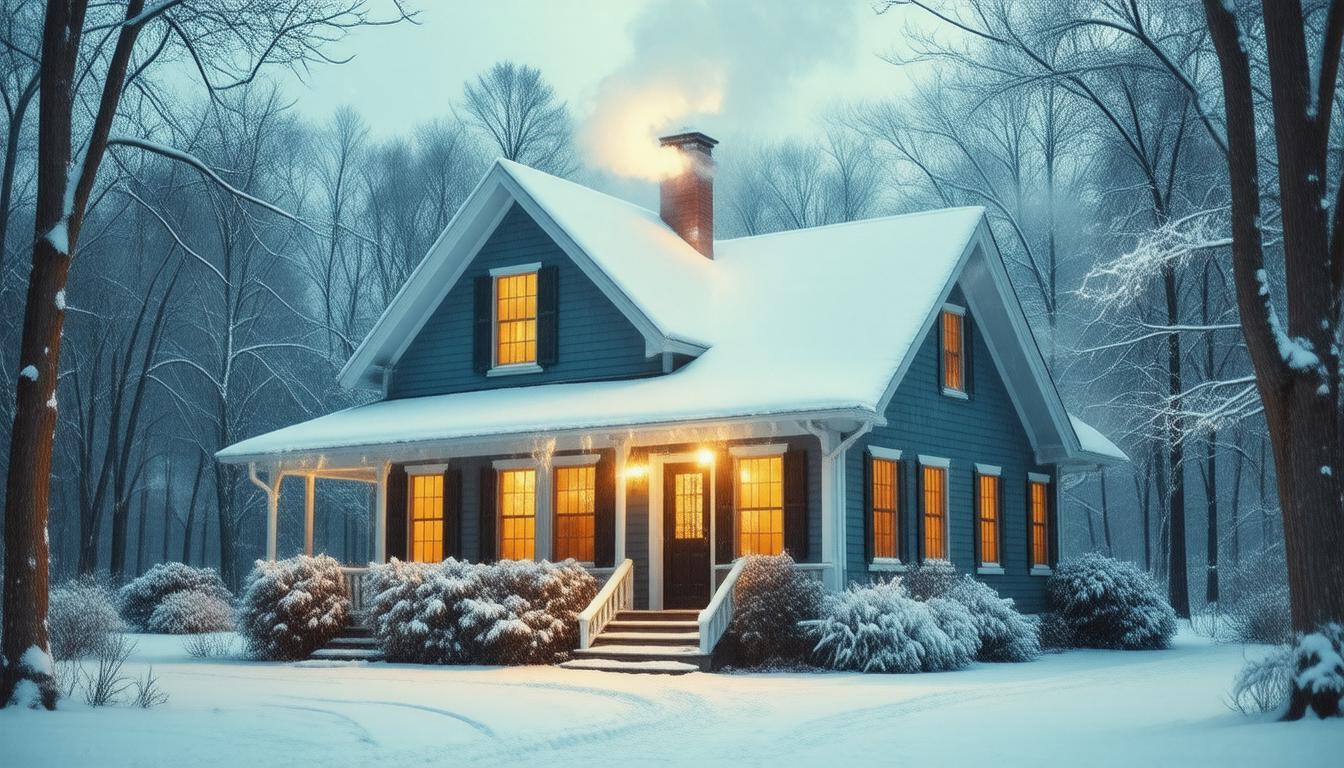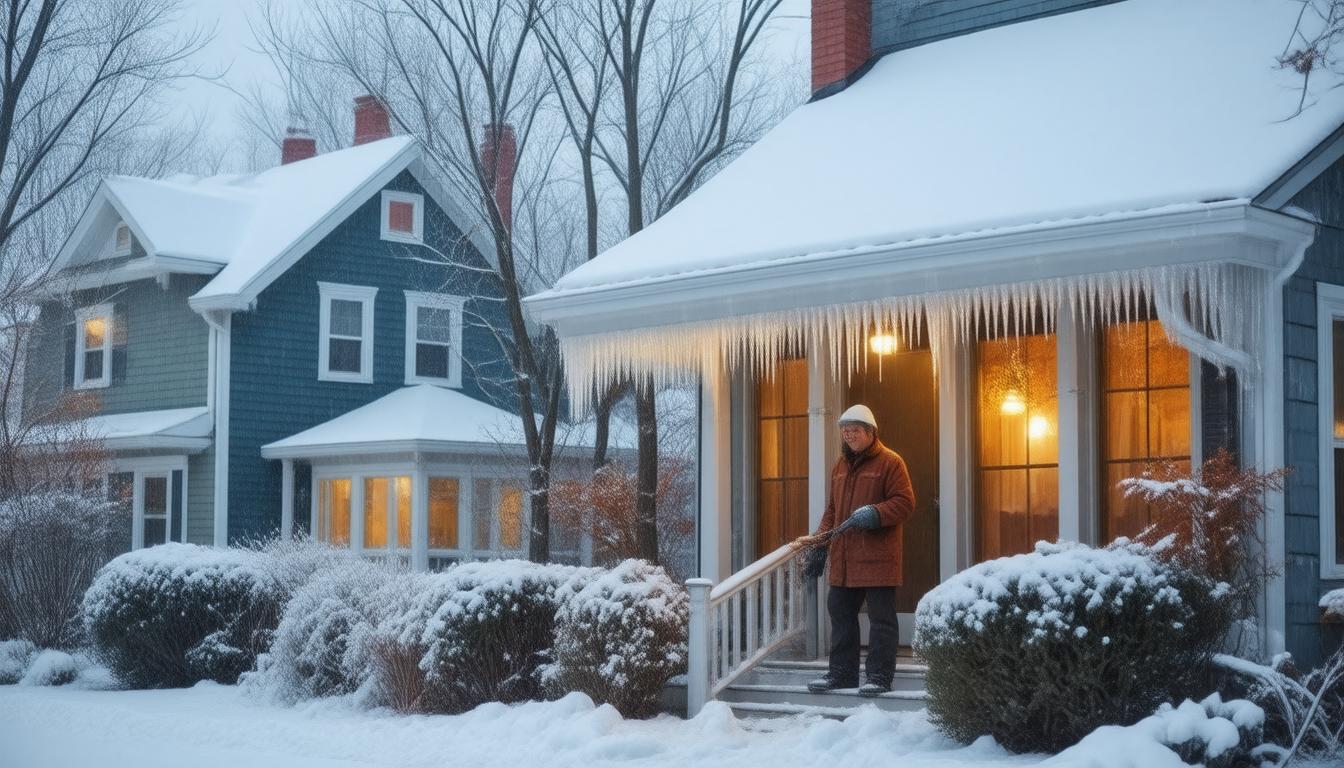
Asbestos is a group of natural mineral fibers that were once widely used in construction due to their fire-resistant, insulating, and strong mechanical properties. Historically, asbestos was commonly used in various building materials, including insulation. However, it has become notorious for its health risks, particularly in older homes where it remains in place.
Why Was Asbestos Used in Insulation?During the mid-20th century, asbestos was incorporated into insulation products for use in residential, commercial, and industrial buildings. The materials were ideal for insulation purposes as they provided excellent thermal resistance, were affordable, and had sound absorption properties. They were often used in attic insulation, wall insulation, around boilers, and in floor and ceiling tiles.
Health Risks Associated with Asbestos ExposureThe tiny, airborne fibers released from damaged or deteriorating asbestos-containing materials can be inhaled or ingested, leading to serious health issues. Exposure to asbestos fibers has been linked to a range of illnesses, including:
[LIST]
[*]Asbestosis: A chronic lung disease leading to scarring of lung tissue.
[*]Lung Cancer: A malignant tumor that obstructs air passages in the lung.
[*]Mesothelioma: A rare cancer that affects the lining of the lungs, chest cavity, or abdominal cavity.
[/LIST]
These health effects do not present immediately and can develop decades after exposure. This latency period is part of what makes asbestos so dangerous.
Identifying Asbestos Insulation in Your HomeIn houses built before the 1980s, it is possible to encounter asbestos insulation. Here are some tips to help identify suspect materials:
[LIST]
[*]Survey the age: Identify the era in which your home was constructed. If it predates the mid-1980s, there could be a risk.
[*]Look for typical locations: Check areas where insulation is usually placed, like attics, walls, and around old piping.
[*]Visually inspect: Some older insulation materials that contain asbestos resemble a fluffy, loose material or a more rigid type of board insulation.
[/LIST]
While these indicators might suggest the presence of asbestos, a professional asbestos survey is necessary for confirmation. These specialists can safely take samples and have them analyzed in a laboratory.
The Do’s and Don’ts if Asbestos Is FoundIf you do find or suspect you have asbestos in your home, here are some important do’s and don’ts:
[LIST]
[*]Do: Contact professionals who specialize in asbestos identification and removal.
[*]Do: Avoid disturbing the area where asbestos is present.
[*]Do: Keep children and pets away from the area.
[*]Don’t: Attempt to remove it yourself. Asbestos removal is a complex process that requires specialized equipment and training.
[*]Don’t: Sweep, vacuum, or dust areas that may contain asbestos fibers.
[*]Don’t: Use abrasive pads or brushes on asbestos flooring or walls.
[/LIST]
The removal of asbestos is heavily regulated in many countries due to its associated health risks. Hiring licensed asbestos removal contractors is crucial—they are trained to handle asbestos safely and are equipped with the proper protective gear and filtration devices. These professionals also understand the legal requirements for the safe disposal of asbestos materials.
In conclusion, while asbestos insulation poses significant health risks, particularly in older homes, understanding these risks can help homeowners take the necessary steps to address the issue safely and legally. Homeowners should never disregard the potential for asbestos presence. Instead of taking matters into their own hands, they should retain the services of professionals to ensure their health and safety, as well as compliance with legal standards.







